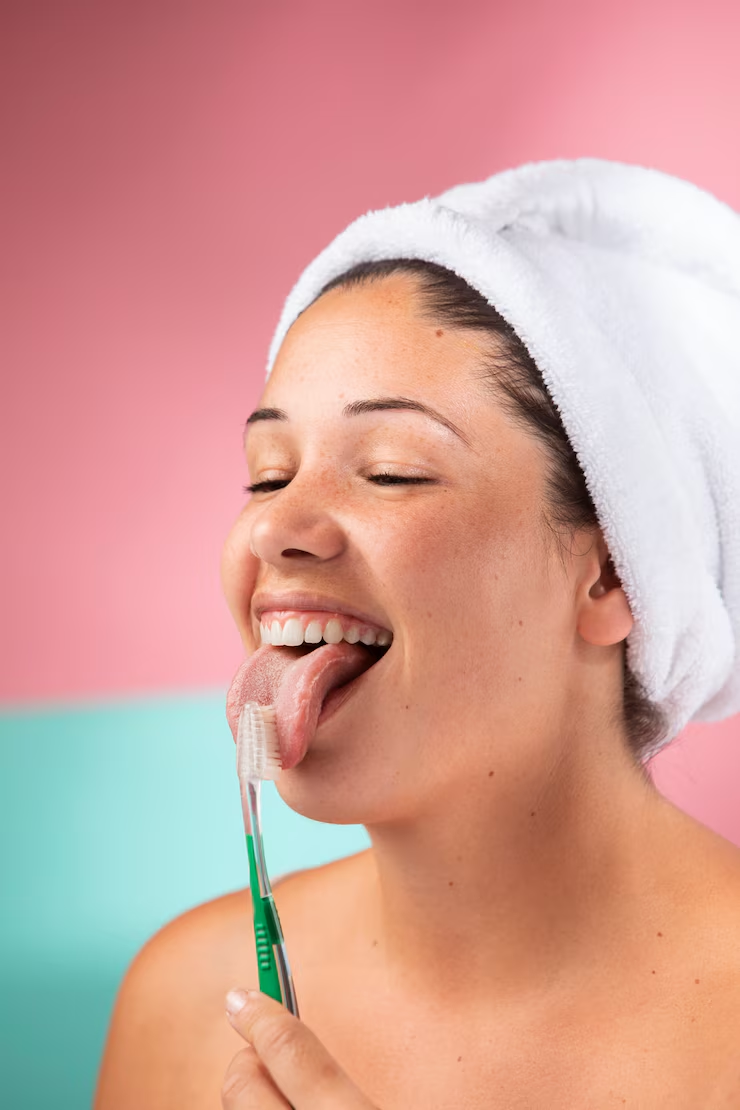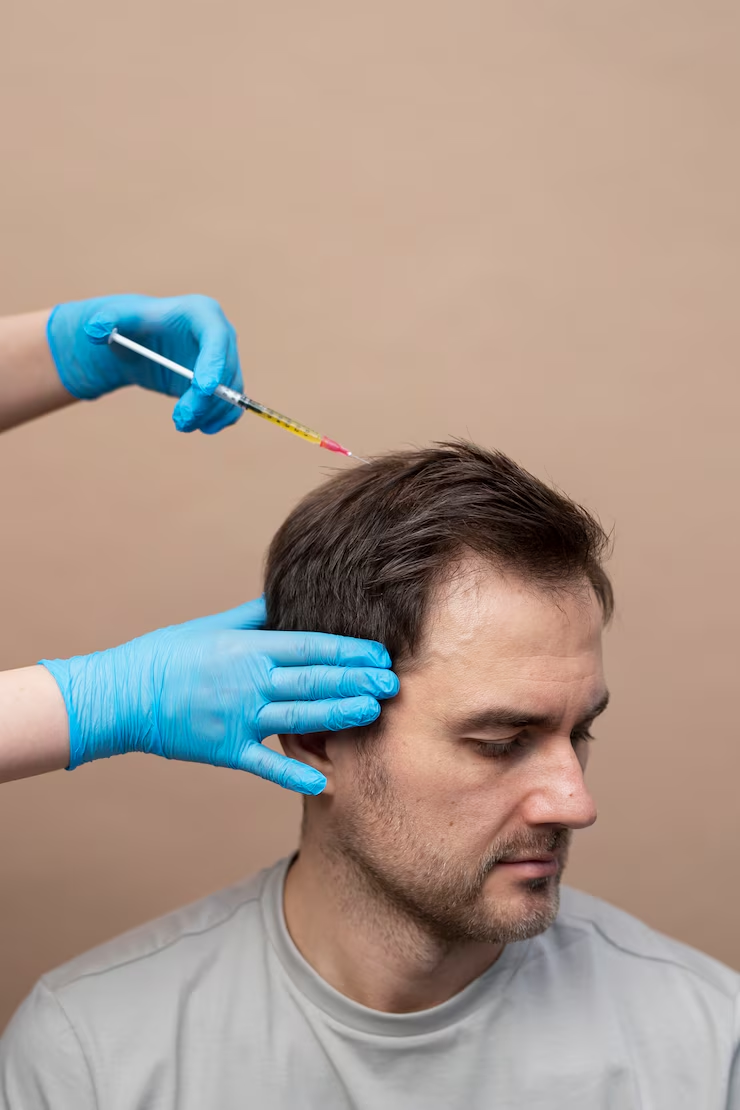Oral hygiene is a comprehensive term that encompasses the care of not only one’s teeth and gums but also the often-neglected tongue. Despite its importance, tongue cleaning remains an overlooked aspect of daily oral care routines. The tongue is a significant part of the mouth that harbours bacteria, and neglecting its cleanliness can lead to various oral health issues. This article delves into the importance of incorporating tongue cleaning into your regular oral hygiene practice.
The Role of the Tongue in Oral Health
The human tongue plays a crucial role in several bodily tasks, including taste, swallowing, and speech. With its textured surface, the tongue can house food particles, microbes, and dead cells. Over time, these entrapped elements can lead to the growth of bacteria and fungi, resulting in common issues such as halitosis (bad breath) and a coated tongue. Proper oral hygiene, thus, must consist of measures that extend beyond toothbrushing and flossing.
Benefits of Regular Tongue Cleaning
Cleaning one’s tongue is beneficial for several reasons. Firstly, it can significantly reduce the total bacterial load in the mouth. A clean tongue also enhances one’s sense of taste, allowing better perception of flavours. Furthermore, routine tongue cleaning is integral in preventing bad breath, which can affect one’s social confidence and interactions. Overall, maintaining the cleanliness of the tongue supports a healthier oral environment.
Choosing the Right Tongue Cleaner
When considering tongue cleaning, the choice of the correct tool is imperative. A tongue cleaner is a device specially designed to remove the accumulation of bacteria, food debris, fungi, and dead cells from the tongue’s surface efficiently. Unlike toothbrushes, which may not effectively reach into the tongue’s crevices and grooves, tongue cleaners are crafted to match the tongue’s anatomy, providing a more thorough cleaning experience.
The Technique for Effective Tongue Cleaning
The process of cleaning one’s tongue is relatively straightforward. It should be done gently to avoid damaging the tongue’s surface. The tongue cleaner should be placed at the back of the tongue, drawn forwards, and rinsed after each swipe. Ideally, the process should be repeated several times to ensure that the entire tongue surface has been adequately cleaned. Integrating this simple step into your daily routine can have a lasting impact on your oral health.
Understanding the Connection Between Tongue Health and Systemic Diseases
While tongue cleaning is essential for oral hygiene, it is also relevant to one’s overall health. Oral bacteria can contribute to systemic health issues if they enter the bloodstream. There is research linking periodontal disease with conditions such as cardiovascular disease, diabetes, and respiratory infections. Keeping the tongue clean can therefore contribute to the reduction of potentially harmful bacteria that may cause or exacerbate systemic health conditions.
Addressing Myths About Tongue Cleaning
There exist misconceptions that suggest tongue cleaning can damage taste buds or that the tongue’s self-cleaning capabilities make this practice unnecessary. However, these myths are unfounded. The taste buds are quite resilient, and while the tongue has moderate self-cleaning properties, it cannot remove all debris and bacteria without assistance. Comprehensive tongue cleaning is thus a vital supplement to the natural processes of the oral environment.
The Role of Saliva in Oral Hygiene
Saliva plays a significant part in the maintenance of oral health by naturally cleansing the mouth and neutralising acids produced by bacteria. However, saliva alone is not sufficiently potent to purge the accumulation of bacteria and food remnants on the tongue. Therefore, manual cleaning with a specialised tool is recommended to ensure the effectiveness of the tongue’s natural cleaning mechanisms.
When to Clean Your Tongue
Timing can influence the efficacy of tongue cleaning. It is often recommended to clean the tongue in the morning to remove the bacteria that may have multiplied overnight. Regardless, tongue cleaning can be performed any time during the day, and consistency is key to gaining maximum benefits from the practice.
Incorporating Tongue Cleaning into Your Routine
To achieve the best results, tongue cleaning should become as habitual as brushing and flossing. It can be a part of one’s morning or bedtime routine. For those initiating this practice, patience and practice are essential to adapt to the sensation and technique of cleaning the tongue.
Choosing a Suitable Tongue Cleaner
Today’s market offers various types of tongue cleaners, including plastic and metal versions. The choice of material and design may come down to personal preference. The key is to choose a tongue cleaner that feels comfortable, reaches the full width of the tongue and can be sanitized easily after use.
Conclusion and Recommendations
In conclusion, tongue cleaning is a crucial step in maintaining oral hygiene. It can prevent bad breath, enhance taste sensations, and even have a positive impact on overall health. Exploring this often-overlooked facet of oral care can lead to a fresher, cleaner mouth and contribute to a more comprehensive approach to oral hygiene. To experience these benefits, invest in a good-quality tongue cleaner and make its use a consistent part of your daily oral health regimen.
Embracing the use of a tongue cleaner is a simple yet highly effective way to improve your oral care routine. Understanding its significance and incorporating the practice into your everyday life can lead to a healthier mouth and a brighter smile. Don’t overlook the importance of this essential oral hygiene tool – your tongue deserves as much attention as your teeth and gums.











